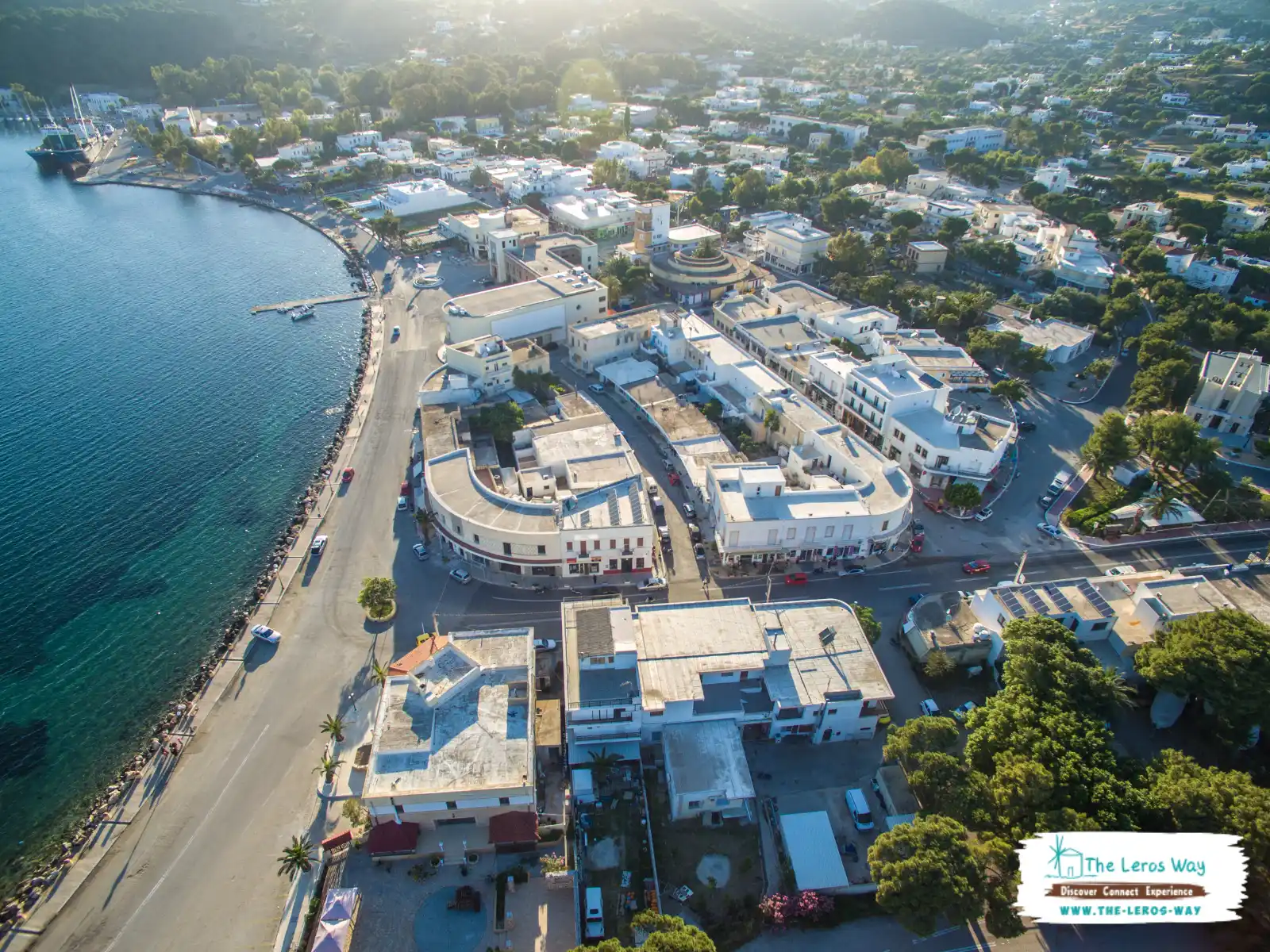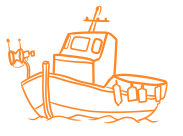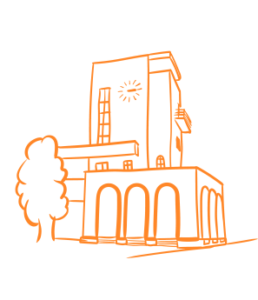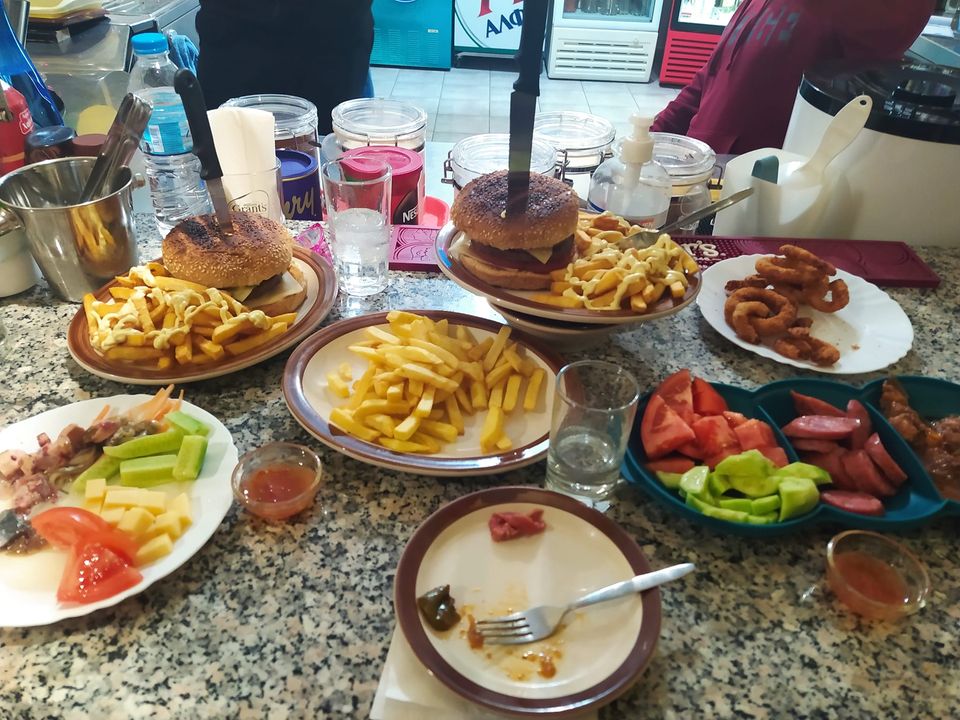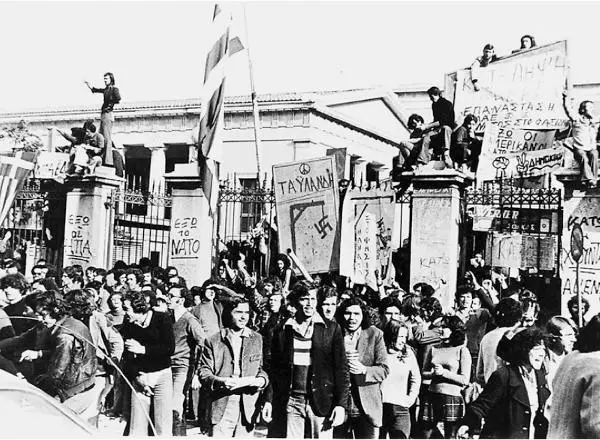Imagine the flamboyancy of the art deco part of Miami, right in the middle of the Aegean Sea, infused with the Italian design class and Mediterranean elegance. Now, sum up this description in two words: Lakki, Leros.
Circa 1912: the – actually quite forgotten – Italo-Turkish war ends, with Italy as a victor over a crumbling and bitterly defeated Ottoman Empire. While most would set their eyes on the gains of Italy in Libya, a cluster of islands strategically located near the eastern Mediterranean Sea, controlling several shipping lanes, is annexed by the then-Kingdom of Italy. Amongst these small islands, called Dodecanese and within Leros, a hidden gem: the island of Leros. Fast-forward a decade or so, the fascist regime of Mussolini ascends to power, along with its expansionist agenda. Why the long story, one would justifiably ask. Simply put, cause this is where the story of Lakki begins.
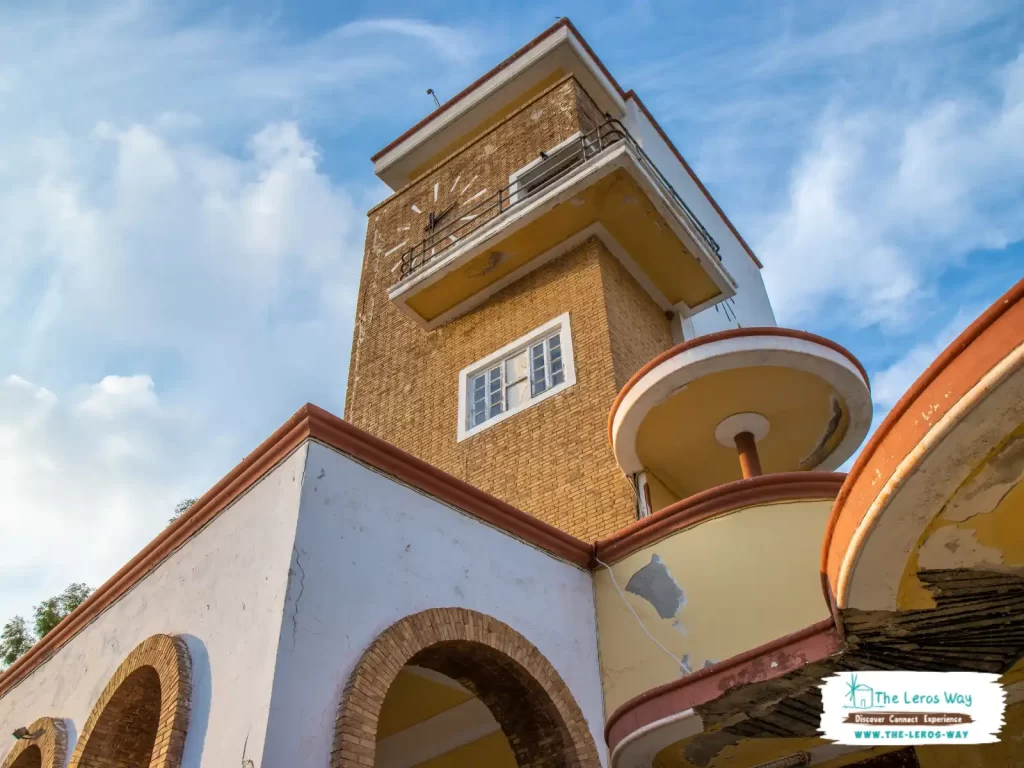
Lakki, Porto Lago – The chosen city
Lakki, or Porto Lago, as its occupiers were referring to it, is host to one of the greatest natural ports in the eastern Mediterranean. While Rhodes and Kos islands are undeniably greater in the land surface by far, their ports were deemed lackluster, hence Lakki – or Porto Lago, for that matter – was chosen as the central operations base for the Italian Navy. Strong air units, along with the appropriate fortifications, were built along the way, most of which are evident up to the present day. However, the utterly militaristic regime had a problem on its hands: where would they house all the manpower needed to man the facilities, along with their families and all the necessary infrastructure? Hence, Lakki was chosen, built from scratch to accommodate the population that was due to be settled here.
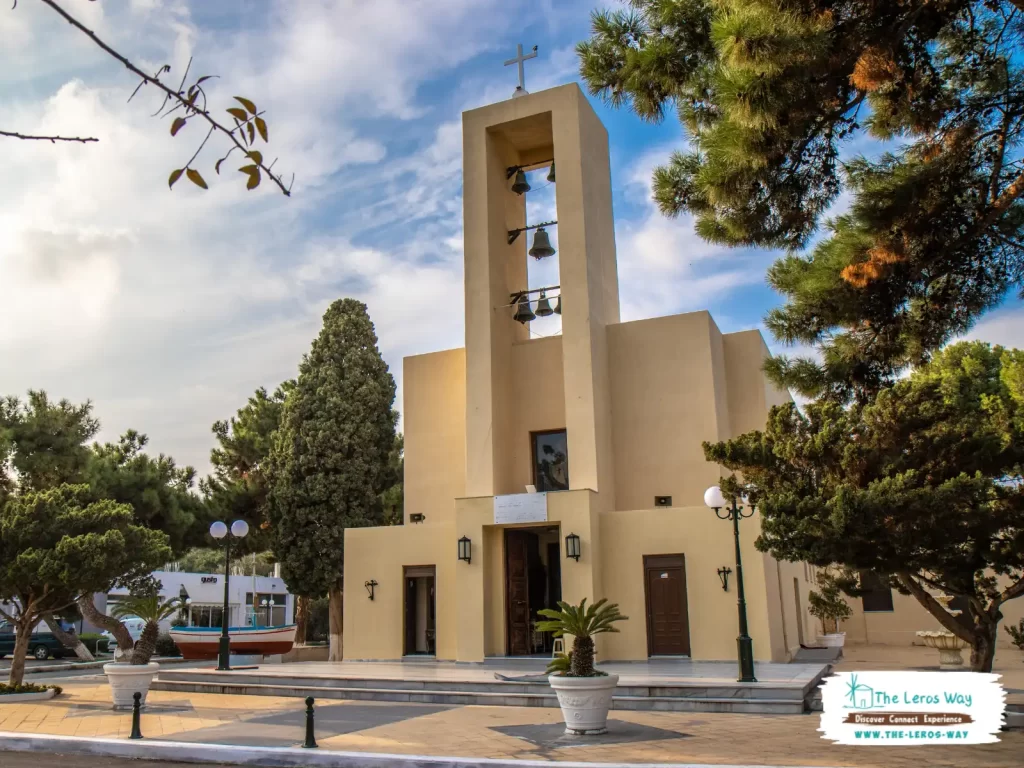
Lakki architecture
The architectural planning was given to Rodolfo Petracco and Armando Bernabiti. They were both given a free pass, thus creating a city out of an architectural book or what could also be described as an “architectural exercise.” At its prime, this gem of ingenuity and Italian “rationalism” would be able to facilitate up to 30.000 people in an area widely and notoriously avoided by the locals due to its climate: Lakki was almost swamp-like, with a lot of moisture, making the life of its residents sometimes miserable. Alas, they succeeded, structuring a city that followed a very structured planning, with government buildings on the seafront, the markets just behind them, and full of several residencies, all built according to the same planning, but not the same standards – depending on ranking, some were larger and more luxurious, some were more modest, and usually were allocated to lower-rank officers.
Lakki, however, was never really loved by the locals, in part due to its climate and in part due to the heritage of its constructors. Hence, a lot of bombed buildings were never properly restored. Moreover, Lakki was linked with the dark pages of the greek dictatorship due to its proximity to the detention facilities that were built on the island. Thus, much of the city was left without proper attention, falling from the grace that it was designed to have in its prime. These dark pages brought demise to some of the beautiful buildings, however…
Lakki nowadays
Nowadays, having cast aside all the bitter ghosts of the past, there is a serious effort to restore Lakki to its glory days. There is a serious effort from the municipality of Leros to include Lakki as a Unesco heritage site, as well as an initiative to promote the architecture of the broader area, which has been launched by the Greek state, with the first building in line with be restored being the old hotel of Lakki, right on the seaside. More and more buildings are being included in the program in a true effort to restore one of the most peculiar and unique towns of all the greek islands (– and perhaps the only one with truly wide roads by design, not by necessity). In harmony with the “neo-Bauhaus” program that the EU has launched, Lakki shall become a prime example of architectural perfection.
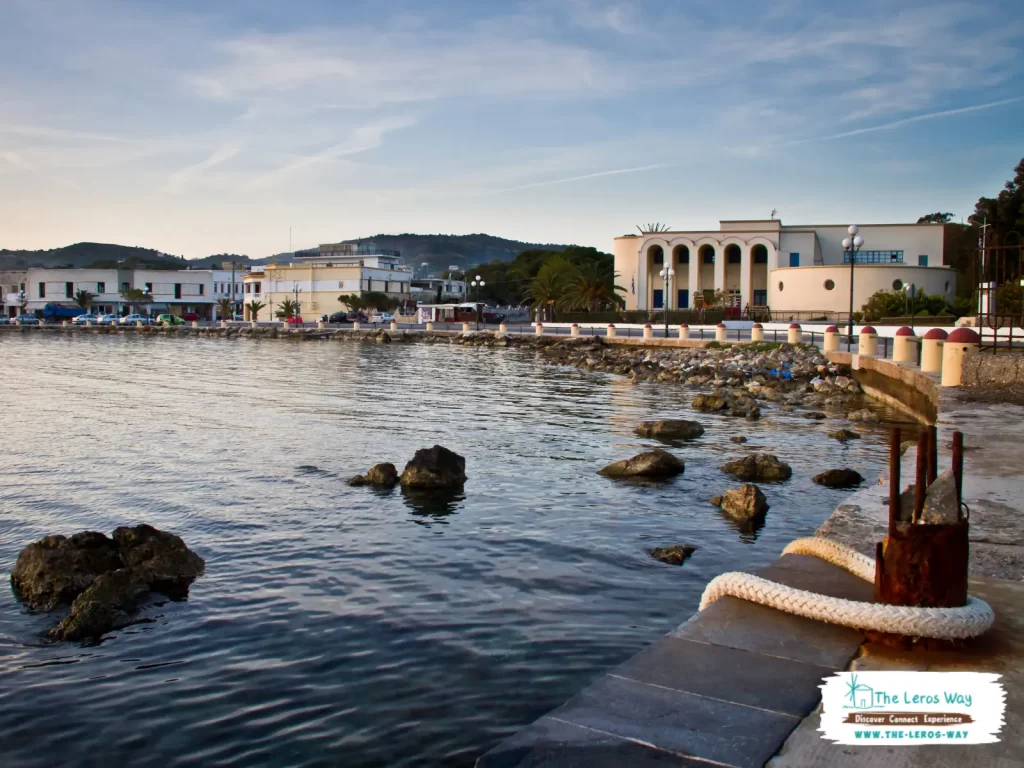
No longer shall the town clock, the cinema theater, nor the building of the market stand alone, cast aside by modern necessities. The palm trees of the seafront shall be organically blended with the city planning once again as more and more shops and residencies restore the original Bauhaus lines, along with the proper colors and materials needed.
The charm of Lakki
In a world full of straight, aggressive lines, where the exploitation of space reigns supreme, where function dominates over form, perhaps we should be reminded that rounder lines and aesthetics are also quintessential to our well-being, that waking up to a site you never truly grasp, or walking around a place where even “timid” houses have their own unique character, shape, and originality are values that cannot be simply put aside, simply in the name of the function. Lakki reminds us every day that form can serve a function, even though we seem to have largely forgotten it… And this is where the true beauty of Lakki lies…
